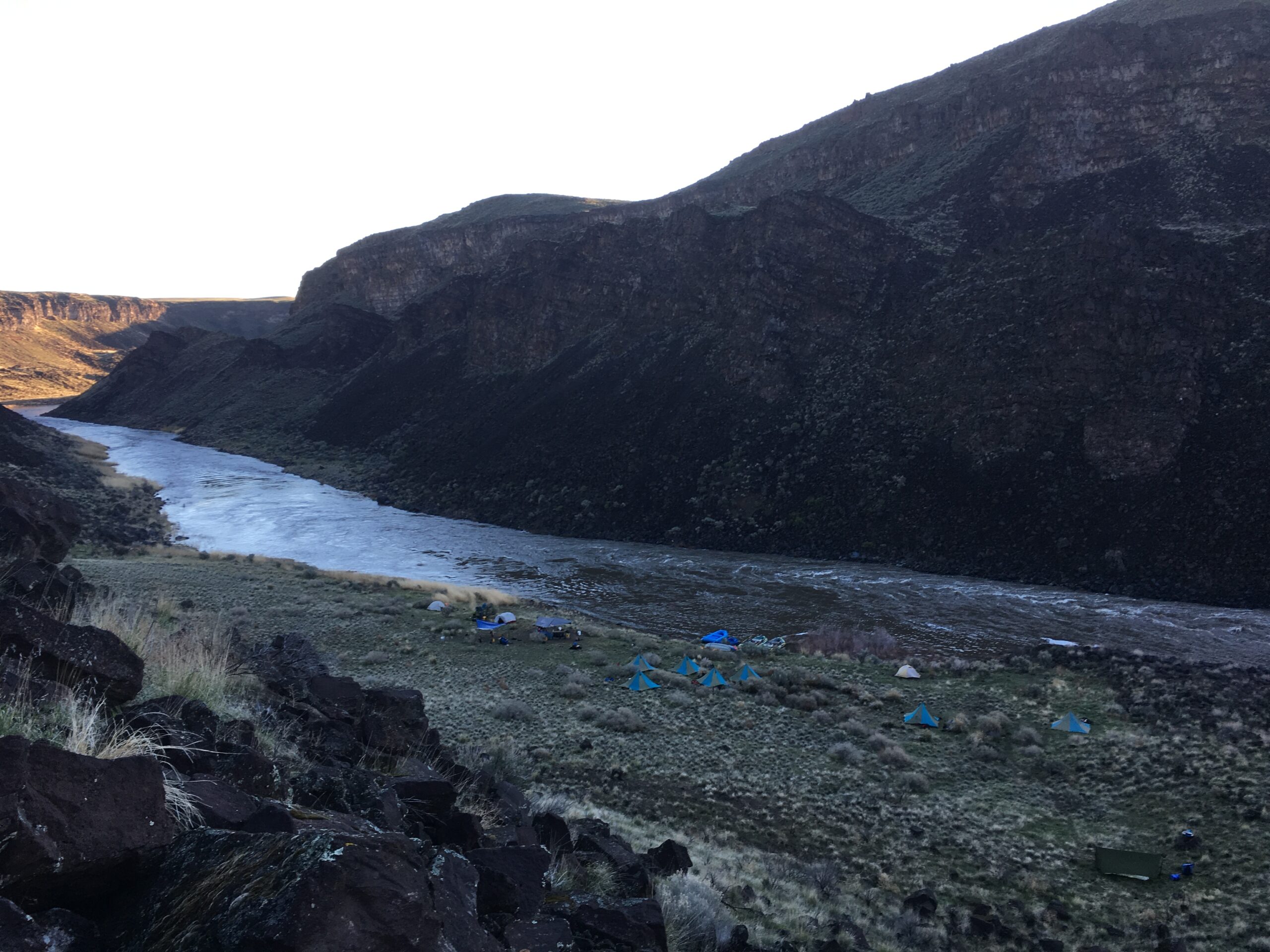Wild Rivers
Every spring, the snow that accumulated in the mountains over winter begins its downhill journey toward the ocean. While water, assisted by gravity and gradient, seeks the path of least resistance, it is not always a direct route to sea level. Idaho is blessed with an abundance of free-flowing rivers, those that have not been dammed or diverted, which retain their wild and temperamental personalities. April is when the rivers awaken from their cold-induced slumber, hibernation halted with the coming of spring, melted snow coursing through the veins of the mountains.
As river running enthusiasts, this is a season for celebration. The transition from spring to summer is a small seasonal window when many rivers achieve runnable flows, an occasion that is directed at nature’s discretion. The timing of these events, although forecasted by NOAA and the USGS, can be unpredictable at best. At Alzar School, we frequent two such rivers, the Salmon and Owyhee Rivers.
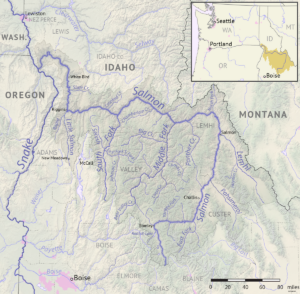
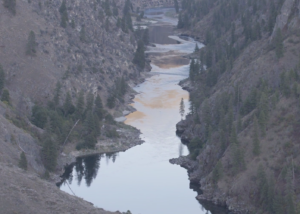
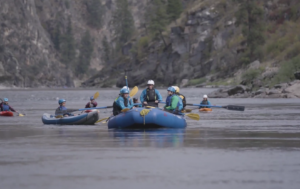
The Salmon River is a crown jewel of Idaho’s waterways. Originating in the Sawtooth Mountains of central Idaho, the Salmon is the largest free-flowing tributary of the Columbia River Basin, covering 425 miles before joining the Snake River on the Idaho/Oregon Border. Despite its entirety being free-flowing, the Salmon is most famous for an 80 Mile Section flowing through the Frank Church/River of No Return Wilderness. This section is known as the Wild and Scenic Main Salmon.
The Wild and Scenic Main Salmon was one of the 8 original rivers protected by the Wild and Scenic Rivers Act of 1968. This legislation enacted by the U.S. Congress preserves certain rivers with outstanding natural, cultural, and recreational values in a free-flowing condition for the enjoyment of present and future generations. Although the water level of the Salmon never gets too low to successfully navigate, it is notorious for its spring high water, regularly reaching flows in excess of 60,000 cubic feet per second.
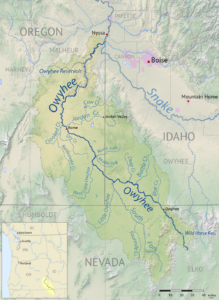

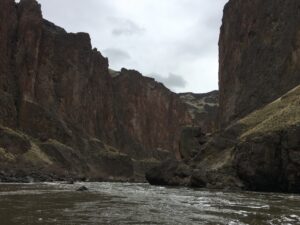
The Owyhee River is a seasonal specialty. Depending on the quantity of snow in the Owyhee Mountains, this river’s runnable season can be a few days or a few weeks. There are no dams or diversions in the headwaters of the Owyhee, and the river is free-flowing until it reaches Owyhee Reservoir, its terminus, and the confluence with the Snake River. The Basalt Canyons fill with water early April and enable a world-class multi day float trip for groups fortunate enough to capitalize on the opportunity.
The Owyhee River has significant enough importance that in 1984, the United States Congress designated 120 miles of the river as Owyhee Wild and Scenic River under the Wild and Scenic Rivers Act of 1968 to preserve the river in its free-flowing condition. Recent additions have been made to protect this corridor, with the creation of the North Fork Owyhee Wilderness, the Owyhee River Wilderness, and the Pole Creek Wilderness. November 2019 also saw the Owyhee Act introduced, which aims to add an additional 1 million acres and 15 additional miles to the protected lands.
As the seasons shift and we look toward future recreational opportunities, look for the seasonal specialties that your local region has to offer.

